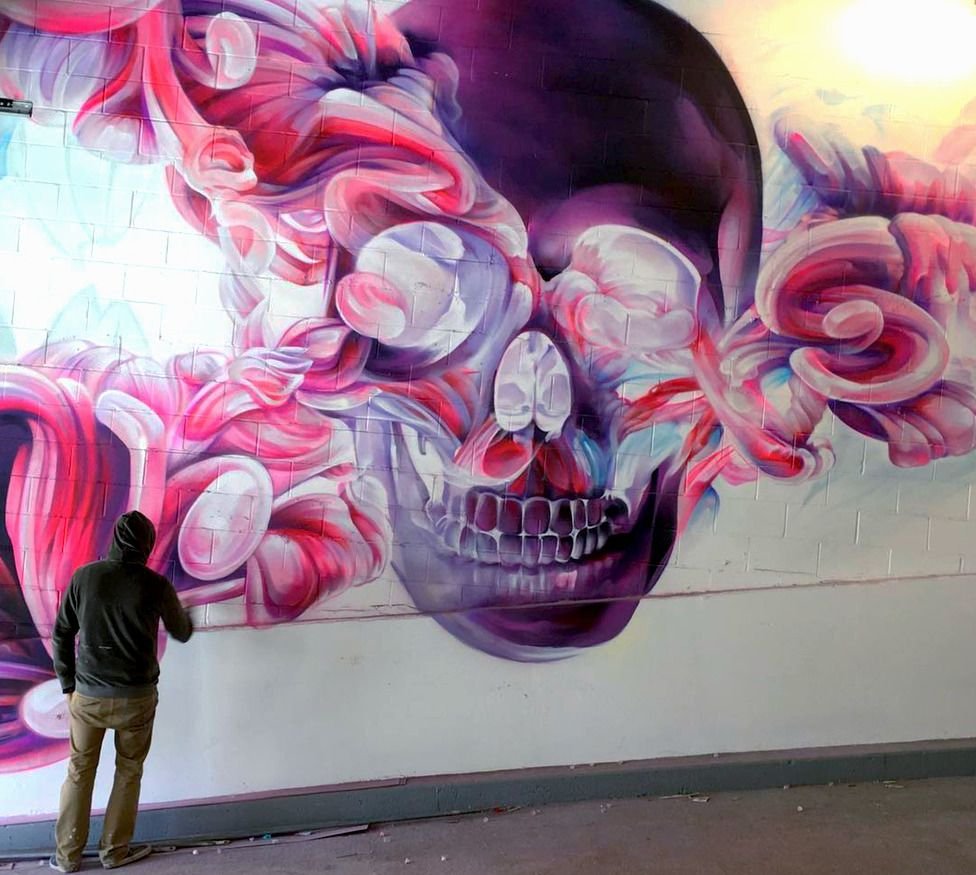In art, a captivating alteration has appeared from an unexpected canvas—the walls of urban landscapes. What was formerly dismissed as simple damage, street art has changed into a strong and admired form of creative appearance, charming audiences worldwide. This movement has given birth to a new generation of unrealistic Australian graffiti artists who challenge social customs and redefine the conventional limits of art.
Legitimizing wall graffiti as an art form is a major rotating point in our observation and appreciation of art. No longer limited to museums and galleries, these lively and visually striking paintings breathe life into the real jungles of cities, altering dull structures into accessible and attractive galleries. Over bold strokes, imaginative ideas, and challenging messages, these street artists have generated a cultural revolution that holds diversity, defies authority, and increases marginalized voices.
The artistic revolution of wall graffiti views as proof of the unlimited options of human imagination and its deep influence on society.
The History and Evolution of Wall Graffiti
Wall graffiti has a lengthy and captivating past that returns to early times. Early forms of public expression can be perceived in cave images and symbols. Graffiti became an essential element of urban culture as time passed, imitating many social, political, and personal stories. From its background in the underground culture of the 1960s and 1970s to the present-day global street art movement, wall graffiti has changed into a renowned art form.
Styles and Techniques
Graffiti artists use various styles and methods to bring their formations to life. The variety of styles is wide, with lively and non-concrete murals and exactly full stencil work. Some artists specify emerging complex and individual fonts in writing, while others highlight symbolic representations or imagery.
Motivations and Messages
Graffiti artists are often driven to carry great messages and encourage observation. They challenge various topics, such as social justice, conservationism, cultural individuality, and individual narratives. Wall graffiti can aid as a medium for engagement and regaining public spaces.
Recognized Wall Graffiti Artists
Some graffiti artists have added important appreciation for their special talent and exclusive offerings. One prominent figure is Banksy, a nameless British artist well-known internationally. Banksy’s stimulating stencils often combine social clarification with a bit of dark humor.
Legal Challenges and Acceptance
Despite its growing admiration, wall graffiti faces legal problems due to its relationship with wreckage. But, many cities are familiar with street art’s artistic value and have chosen legal spaces, such as committed graffiti walls or curated outdoor art connections, where artists can easily showcase their work. Moreover, the appearance of street art festivals and exhibitions has played an important role in encouraging the approval of wall graffiti as a true art form.
Impact on Communities
Wall graffiti has the transformative skill to refresh ignored areas, improve the loveliness of urban landscapes, and promote a sense of local pride within societies. It has the control to bring together varied groups of people, igniting creativity and raising shared practices. Community-led street art schemes have been verified to be tools for encouraging social unity, appealing to artists and inhabitants in collaborative activities that stimulate positive change.
Conclusion
In conclusion, graffiti artists determinedly push the restrictions of art, refreshing our urban lands and enquiring about recognized agreements. Their formations link with individuals of different backgrounds, prompting observation and raising significant conversations. By honoring the services and offerings of these artists, we embrace the transformative potential of creativity and accept the great effect that art can use on our societies.
You may also like
-
Farewell Card Inspiration: Drawing from Personal Experiences
-
Transforming Your Space with Canvas Prints, Photo Tiles, and Wall Art
-
The Timeless Appeal of Anniversary Cards: Celebrating Love and Milestones
-
Smiles at Your Desk: The Impact of Group Cards on Workplace Happiness.
-
In which events hiring a coach make sense?

